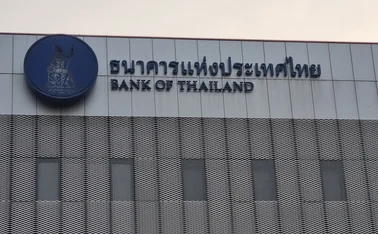
BIS paper models credit booms and busts
Authors outline heterogeneous-agent framework that could support macro-prudential policy

Research published by the Bank for International Settlements outlines a mechanism for how a surge and collapse in credit supply can “significantly amplify” a financial crisis.
In the working paper, Yavuz Arslan, Bulent Guler and Burhan Kuruscu develop a heterogeneous-agent, overlapping-generations model, in which households face idiosyncratic income risk. The model also contains banks, which lend at short and long maturities, and firms that finance part of their wage bill through short-term
Only users who have a paid subscription or are part of a corporate subscription are able to print or copy content.
To access these options, along with all other subscription benefits, please contact info@centralbanking.com or view our subscription options here: subscriptions.centralbanking.com/subscribe
You are currently unable to print this content. Please contact info@centralbanking.com to find out more.
You are currently unable to copy this content. Please contact info@centralbanking.com to find out more.
Copyright Infopro Digital Limited. All rights reserved.
As outlined in our terms and conditions, https://www.infopro-digital.com/terms-and-conditions/subscriptions/ (point 2.4), printing is limited to a single copy.
If you would like to purchase additional rights please email info@centralbanking.com test test test
Copyright Infopro Digital Limited. All rights reserved.
You may share this content using our article tools. As outlined in our terms and conditions, https://www.infopro-digital.com/terms-and-conditions/subscriptions/ (clause 2.4), an Authorised User may only make one copy of the materials for their own personal use. You must also comply with the restrictions in clause 2.5.
If you would like to purchase additional rights please email info@centralbanking.com test test test







